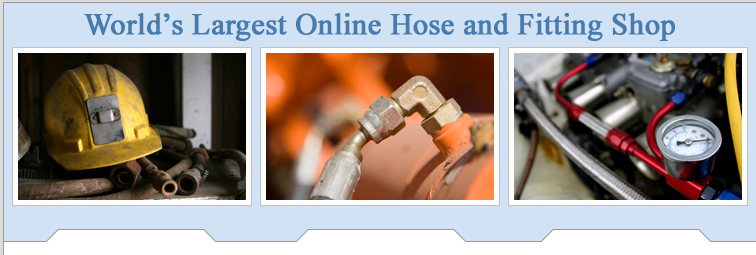Here's the final part of our 3 part series on hydraulic trouble shooting 101.
STEP 5 - Relief Valve...
If the test in STEP 3 has indicated the trouble to be in the relief valve, point D, the quickest remedy is to replace the valve with one known to be good. The faulty valve may later be disassembled for inspection and cleaning.
Pilot-operated relief valves have small orifices which may be blocked with accumulations of dirt. Blow out all passages with an air hose and run a small wire through orifices.
Check also for free movement of the spool. In a relief valve with pipe thread connections in the body, the spool may bind if pipe fittings are over-tightened. If possible, test the spool for bind before unscrewing threaded connections from the body, or screw in fittings tightly during inspection of the valve.
STEP 6 - Cylinder...
If the pump will deliver full pressure when operating across the relief valve in STEP 2, both pump and relief valve can be considered good, and the trouble is further downstream. The cylinder should be tested first for worn-out or defective packing by the method described in our guide "Cylinder and Valve Testing". Other Components...
Check other components such as bypass flow controls, hydraulic motors, etc. Solenoid 4-way valves of the pilot-operated type with tandem or open center spools may not have sufficient pilot pressure to shift the spool.
If you still have problems...
If you still have questions or problems after trying to troubleshoot your hydraulic system, feel free to give us a call and have one of our hydraulic specialists come and give you a hand.
Craig Cook

